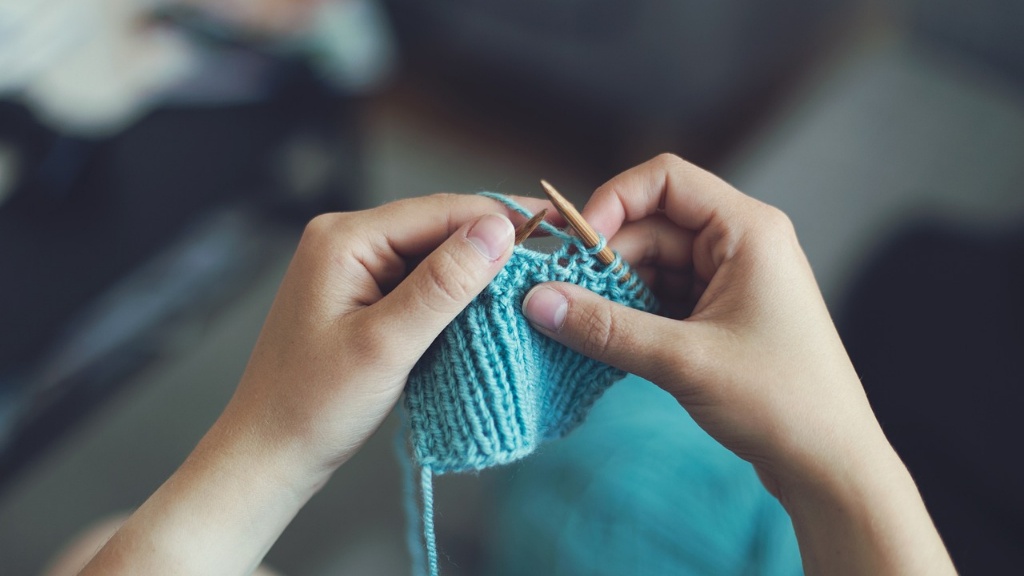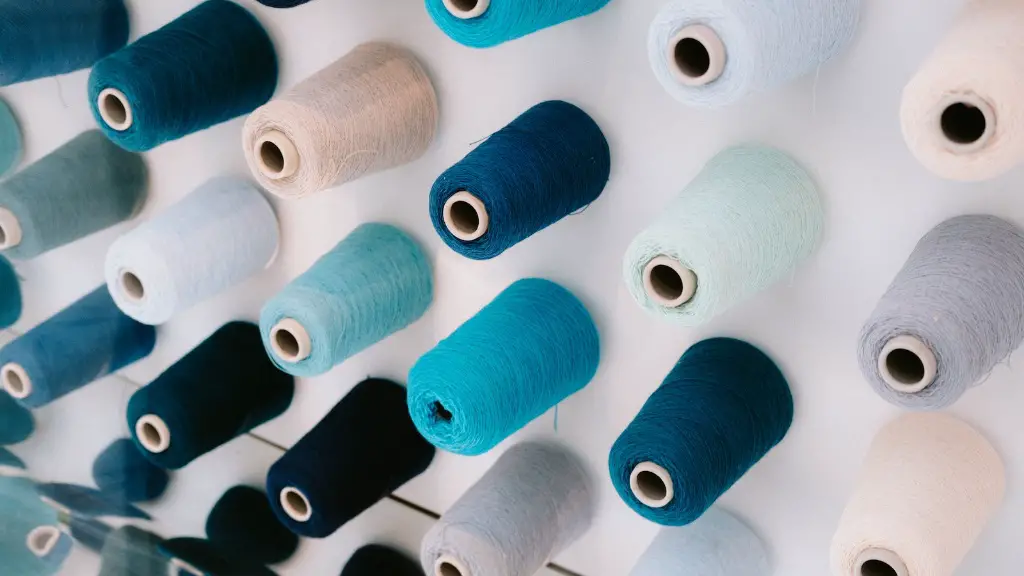Singer sewing machines are not just a part of the past, but are still one of the most popular and reliable machines for novice sewers and hobbyists looking to create beautiful quilts and garments. With vintage Singer sewing machines dating back to the 1880s, the right know-how and persistence, you can still easily discover an old Singer and use it to create mesmerizing pieces of work.
In order to date a Singer sewing machine, the first step would be to locate the serial number. Singer sewing machines have a long and rich history, so knowing its production date can help you understand its value and background. With that being said, the serial number can usually be found along the inside left or right wall of the machine. To find the exact manufacturing date, use the serial number provided to you and look up a Singer sewing machine serial number database.
The serial number will eventually provide you with the year and possible products that were manufactured in the given year. Whenever the serial number begins with a single or double digit number, this will be the manufacturer number for the given product line. Afterwards, two to three letters may follow, which indicate the model of the machine and in a rare case, some additional letters indicating very specific features.
One important point to consider is that Singer sewing machines were not all created equal. As a result, every machine was used to create different kinds of work and features accordingly. In addition, there were several other companies that used Singer sewing machines to create their own products. This means that the serial number could indicate you to the wrong date. It is, therefore, important to be able to distinguish between a genuine Singer product and the product of another company.
If you are not sure how to do this, it is always recommended to take it to an expert and get it evaluated. An experienced and certified collectible specialist can help you determine the originality and value of your machine, as well as provide an educated opinion on the year it was made.
On the other hand, there are a few methods that can help you to better understand the year and model of machine you have with any luck. In some cases, the date may be printed on the machine or you can check the company advertising and catalogs. Finally, depending on the model, you could get a free estimate of its production date simply by looking at its features. This is because Singer sewing machines produced in 1880s and 1890s were already quite advanced and featured different kinds of special features. For example, Singer produced some models with specially designed singer feet, motor, cylinder, head and other distinctive parts.
In any case, the most important part of the process is to be patient and research thoroughly in order to get the best results possible. Fortunately, online resources make this process easy. With enough research and determination, you can easily uncover your machine’s rich history and the secrets behind its creation.
Evaluating Features of The Machine
Since many Singer sewing machines have unique features, you can use these details to more accurately determine the age, model and production date of the machine. That is to say, if your machine has distinct features, you can often use these as an indication of when it may have been made. To do this, you should look at specific features and compare them to older and newer models.
For instance, an 1866 model had no tension adjuster screws or a bobbin winder, while models made after 1900 had adjustable tension and a bobbin winder. Similarly, a model with a footjack stem was made between 1921 and 1927, while models made after 1936 had a handwheel cover. Therefore, depending on the features and description, you can make a fairly accurate assessment of the model’s age and production date.
However, it should be noted that some of the machines could have been modified over the years, so even if it has unique and specific features, this does not guarantee its age. Therefore, you should always do additional research to fully understand the model, its features and its history.
Examining Badges, Tokens and Accessories
In some cases, you can research the age of your Singer sewing machine by looking at any distinguishing tokens and/or accessories. For example, many machines had special emblems and tags that could provide a stamp of authenticity or production date. Likewise, some of the machines featured special tokens, such as jewels and larger tokens that indicated when they may have been made.
You can usually find these features on the front panel or on the side of the machine. Furthermore, the type of machine can sometimes help you tell the age. For example, treadle machines were used much earlier than electric machines, with the former being first developed in 1862 and the latter introduced in 1889. Therefore, if you can identify the type of machine you have, this can often help you get a better idea of its age.
Determining Age and Value
Once you have identified the age of the machine, it may be worth getting it appraised by a professional. This way, you can get an idea of its value, so that you can determine whether it’s a suitable purchase or not. In addition, you can get additional information about the machine and its history from the appraisal, which could be helpful in your research.
For instance, a professional appraiser or collector will look at various features and details, such as the construction materials, the design and the special features. All this information can provide valuable insight as to the machine’s origin, production date and history. Furthermore, it is important that you keep in mind that the age of the machine will ultimately affect its value. Therefore, if you intend to buy or sell a Singer sewing machine, you should get it professionally appraised before doing so.
How to Care For the Machine
In order to make sure your Singer sewing machine is in good condition, it is important that it is well maintained. This means thoroughly cleaning the machine after each use and inspecting it for any potential signs of damage. Furthermore, you should always keep the machine’s original case, as it will protect it from dirt and dust.
If your machine has been kept in good condition and has been properly maintained, then it should last for many years to come. With that being said, you should make sure to lubricate the machine regularly, as this will also help you maintain its condition.
Additional Accessories and Parts
In some cases, you may want to replace certain parts of your Singer sewing machine if they are worn out or damaged. Luckily, original spare parts for Singer products are still obtainable and can be found fairly easily online. Furthermore, you can get some accessories that can help you use the machine more efficiently.
For example, some models featured attachments, such as bobbins, needles, buttons, belts and belts. All of these can be obtained from reputable retailers and can help you create beautiful pieces of work. Additionally, many of the spare parts are relatively inexpensive and easy to install.
Conclusion
At the end of the day, knowing how to date a Singer sewing machine can help you understand its history, value and origin. By following the steps outlined above, you should be able to use a variety of resources to accurately date your Singer. Whether you are looking to buy and sell a machine or simply want to appreciate its age and history, understanding its production date is the best way to do so.




